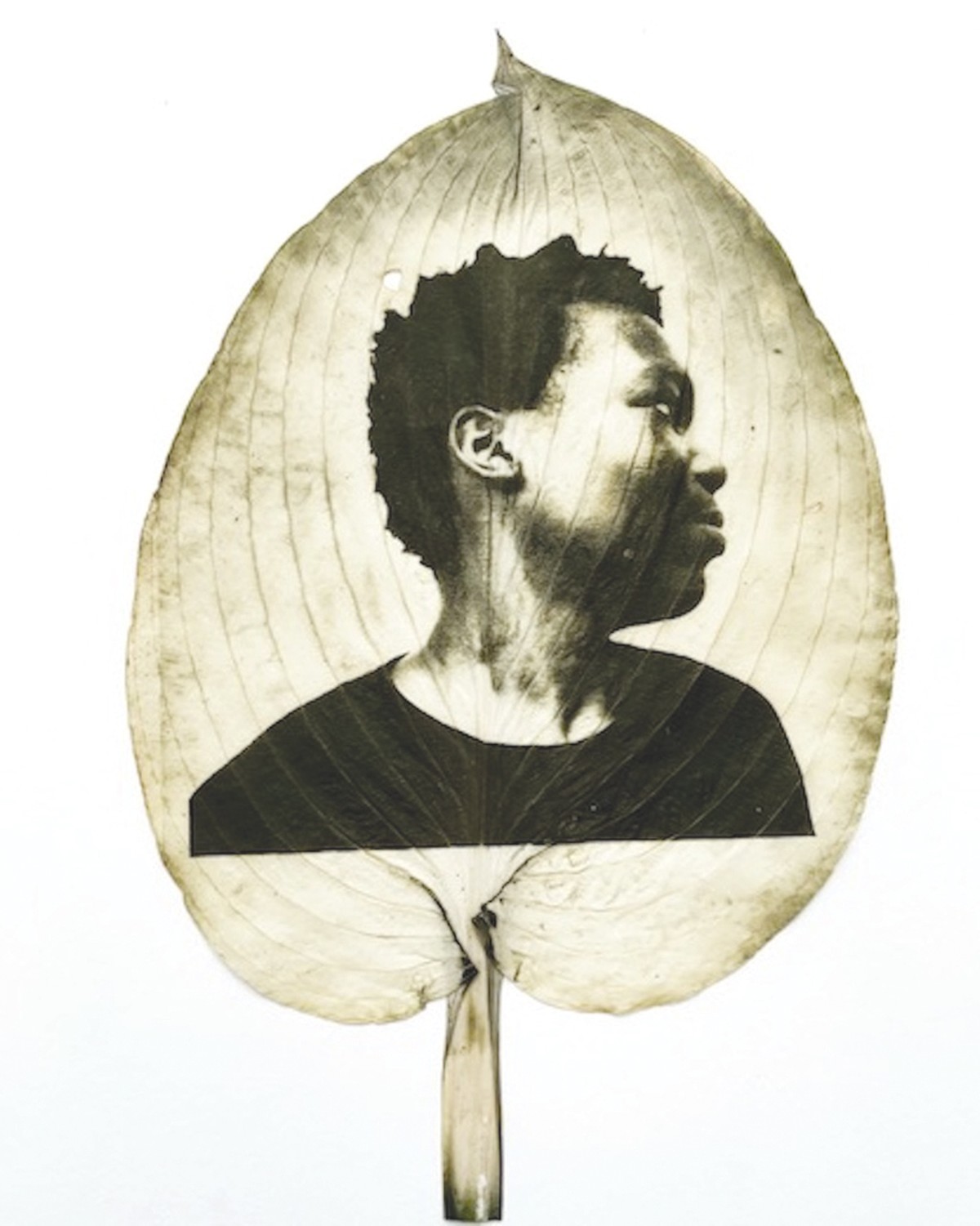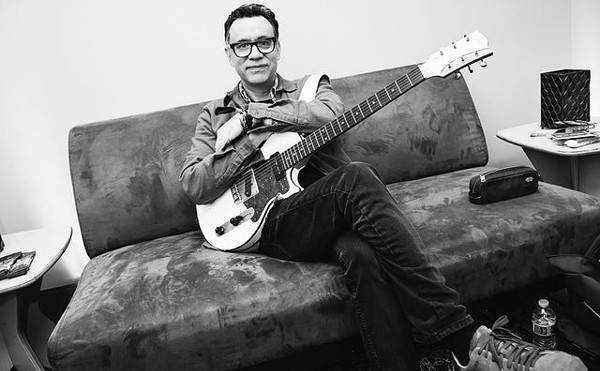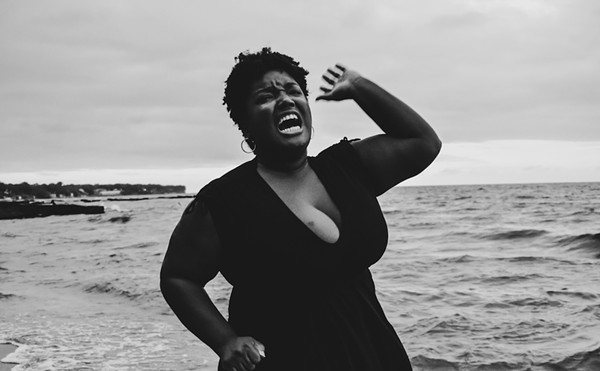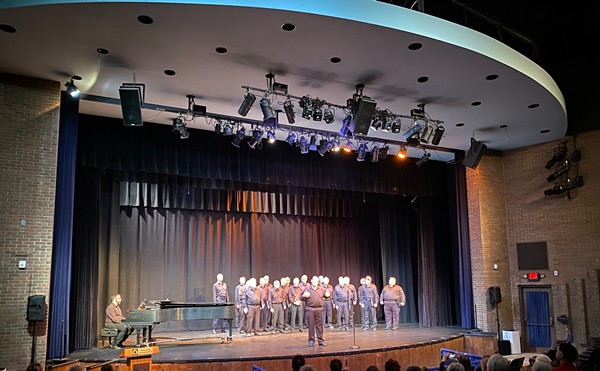It used to be standard etiquette that an artist would send out a press release in order to present new and exciting exhibitions or ideas that they were working on. These are the days of social media, however, and in a matter of an afternoon one can easily fall into the rabbit hole and stumble upon an artist's work via platforms such as Instagram. This is where I found Samantha Bias, who creates powerful portraits directly on leaves.
Bias employs what is called a chlorophyll process, a technique first created by the British installation artists Heather Ackroyd and Dan Harvey and then famously evolved by the Vietnamese artist Binh Danh, who printed war photographs onto leaves, using resin to preserve the images.
There are various alternative photography methods out there to be explored. Anthotype is a format where an artist will use plant juice or plant matter and then expose the image to light to develop the image. The chlorophyll process employs the leaf's natural photosynthesis to process an image in direct sunlight.
Bias lives and works in the Cudell neighborhood of Cleveland. "I work with the city, teaching art through a government funded program, so I work across the street in the house that was built and owned by the Cudells; and this house was the farmhand house," the artist explains. This "farmhand house" is now her residence and studio. It's a very unassuming place: tidy and with a wonderful aroma. There is a cheerful aura about it, with a daybed and tiny lights stung around the room. It's a warm, welcoming space that lends inspiration to anyone who enters.
"Cyanotype would be the closest to what I'm doing and where I got the idea from," she says. "It's not my original idea, but rather one that I found out was the one of the first processes in photography. Cyanotype (a two-chemical process) came after that. It was more cost efficient, it was faster."
The chlorophyll process is time-laden. "It is definitely weather dependent," explains Bias. "You have to have full sunlight." The artist was only able to create work during July and August due to the need for the perfect conditions. Then, the work needs to dry flat for weeks. In order to keep her artwork from deteriorating, Bias presses the leaves just like pressing live flowers into a book to preserve them. "I thought about putting archival spray on them, but I like the idea of biodegradable art; it would be great to just put it back into nature." To use chemicals in the end would defeat the purpose. Bias concludes that, "If it's a temporary piece, that's okay."
Bias is not formally trained, but she certainly has the discipline needed to succeed. "This process took many fails. I was about to give up, but then I figured it out and then I was like, 'Yes, I can do this!' I do think it's important to know the rules in order to break them. It's frustrating, at times, because I don't have anyone to tell me how to do things or to give me direction, but figuring it out is also fun and challenging. That's the beauty, though. Trial and error is what it is to be an artist."
The Cleveland Print Room reached out and offered her a residency for their summer program. She was inspired by the space and created a large cyanotype. She left it in the sun, and then the rain, and even went so far as to throw it into the lake — to see what would happen. "I wanted to experiment with the medium and see what I could do, and it helped me branch out more and become more daring with my artwork."
On the wall of her studio hangs a large format portrait of one of her students on an elephant leaf from her yard. In fact, most of the leaves she uses are found around her house. Bias explains her approach regarding creating portraits of her students: "I didn't want my students to have a pose, per se, but rather to be themselves, which is hard with younger kids, because they want to pose, but I finally got the image of them." The result is stunning. The fragility of the leaf and the student's strength of character are a divine combination; Bias captures the bold fragility that is housed within the youth, which is especially poignant when we reflect on the tragedy that befell Tamir Rice in this very neighborhood.
Says Bias on the permanence of her work, "You have to keep the work out of direct sunlight, otherwise it continues to develop and eventually will fade."
Surely, these portraits deserve preservation.












